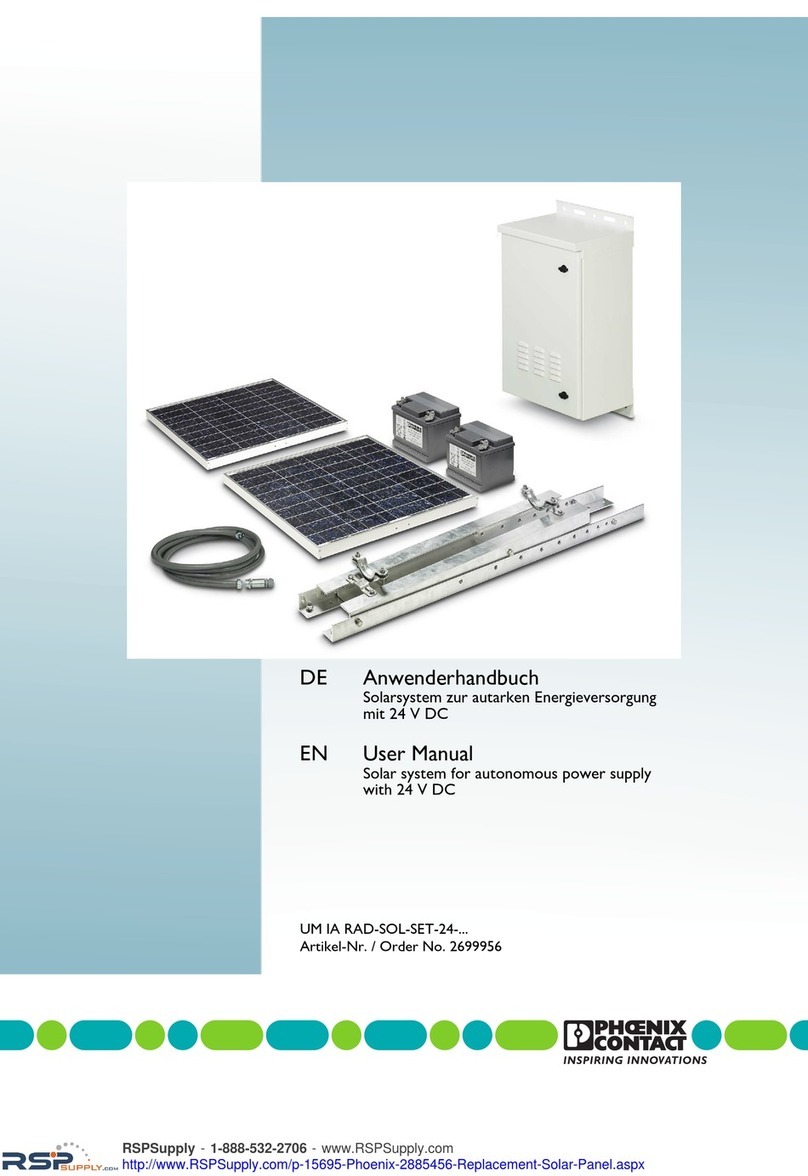2Tableofcontents
1 Description ..................................................................................................................................1
2 Table of contents.........................................................................................................................2
3 Ordering data ..............................................................................................................................4
4 Technical data.............................................................................................................................5
5 Safety regulations and installation notes ...................................................................................10
5.1 Symbols used...............................................................................................................................................10
5.2 Important safety and warning instructions.....................................................................................................10
6 Design.......................................................................................................................................12
6.1 Function elements ........................................................................................................................................12
6.2 Device dimensions and keep-out areas........................................................................................................13
6.3 Block diagram...............................................................................................................................................13
7 Mounting and removing.............................................................................................................14
7.1 Convection ...................................................................................................................................................14
7.2 Normal mounting position.............................................................................................................................14
7.3 Mounting the inverter....................................................................................................................................14
7.4 Removing the inverter...................................................................................................................................15
7.5 Wall mounting...............................................................................................................................................15
8 Device connection.....................................................................................................................17
8.1 Connection parameters ................................................................................................................................17
9 Device connection terminal blocks ............................................................................................17
9.1 DC input........................................................................................................................................................17
9.2 AC output......................................................................................................................................................18
9.3 Connection terminal block signaling .............................................................................................................18
10 Interface ....................................................................................................................................18
10.1 USB mini type B............................................................................................................................................18
11 Device operation .......................................................................................................................19
11.1 Setting the operating mode...........................................................................................................................19
11.2 Remote.........................................................................................................................................................19
11.3 Start120V/Start230V ...............................................................................................................................19
12 Method of operation .................................................................................................................. 20
12.1 Device start...................................................................................................................................................20
12.2 Output voltage setting options ......................................................................................................................20
12.3 Input voltage setting options .........................................................................................................................20
13 Parallel operation ......................................................................................................................21
13.1 Increasing power ..........................................................................................................................................21
13.2 Redundant operation ....................................................................................................................................21
13.3 3AC operation...............................................................................................................................................21




























